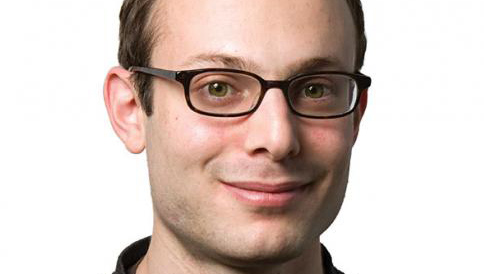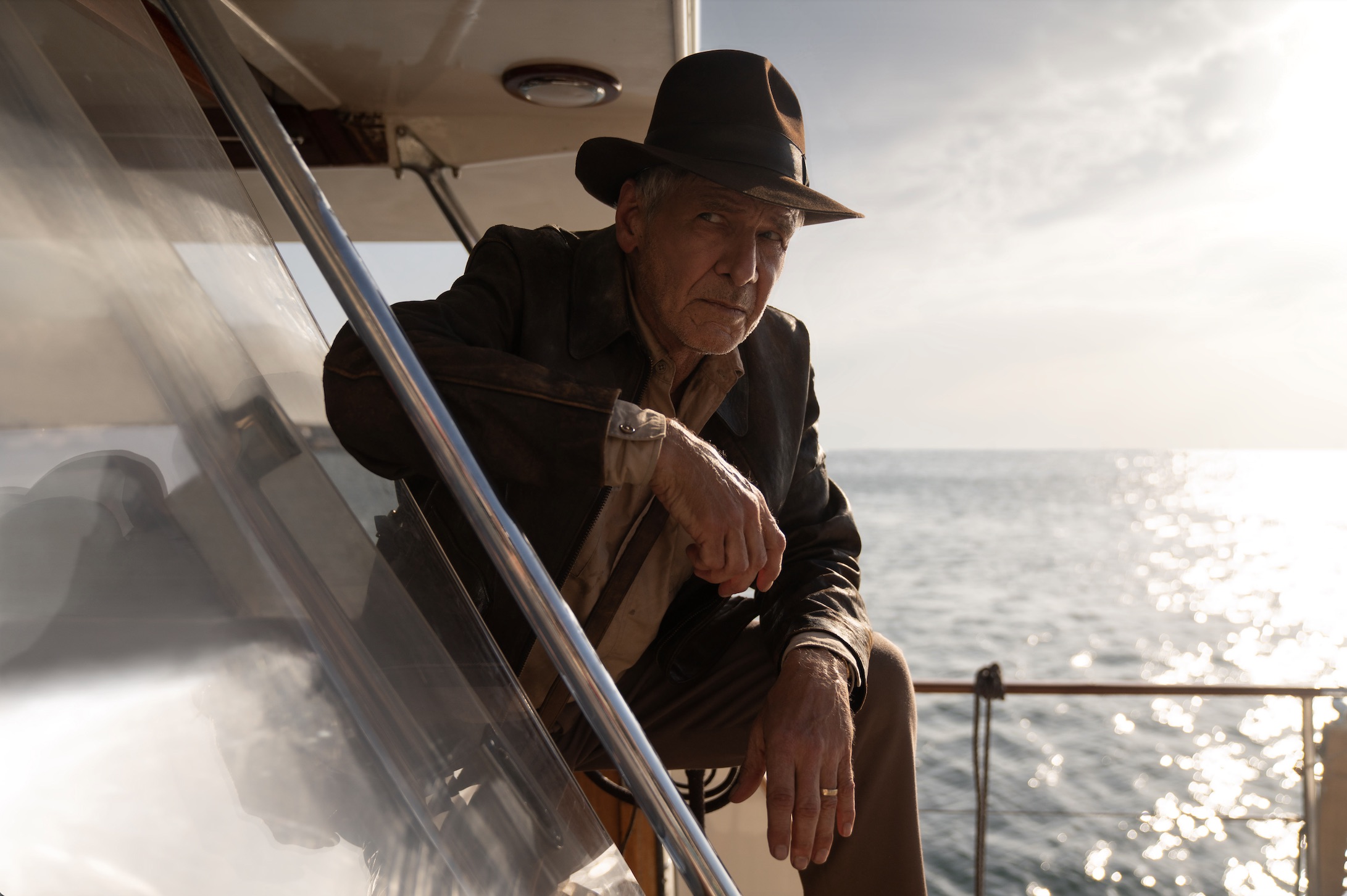It only takes the World War II–set prologue of “Indiana Jones and the Dial of Destiny” to see that James Mangold, as skilled with action as he is (“Ford v. Ferrari”), is not Steven Spielberg. As Indy (Harrison Ford, de-aged for these scenes) and his friend Basil Shaw (Toby Jones), a fellow archaeologist, fend off Nazis on the roof of a speeding train, ducking to avoid tunnels that look suspiciously computer-generated, it’s hard not to flash on Sammy Fabelman studying the gunslingers in his amateur movie and carping, “Fake!”
Fortunately, even if Mangold does not have Spielberg’s genius for constructing set pieces, “Dial of Destiny” improves from there when it jumps forward to 1969 New York. Ford, no longer de-aged, lets it (almost) all hang out, making his entrance wearing nothing but boxers. These days, Indy is finishing up teaching his last class at Hunter College and trying, on some level, to celebrate his retirement. Helena (Phoebe Waller-Bridge), Basil’s daughter and Indy’s goddaughter, turns up in his classroom and later at the bar where he’s sulking to reignite his interest in adventure. Helena is as deeply learned as he is, with a daunting array of facts and languages at her disposal, although she doesn’t always share his ideals.
The object of their quest is the missing half of “Archimedes’ dial,” a gadget said to have the ability to predict fissures in time. (The device does not, as far as I could tell, have the power to close the plot holes it creates.) There’s a certain wit in the spectacle that kicks the narrative into high gear: While New Yorkers celebrate the moon landing with a parade, government agents and a Wernher von Braun–like Nazi physicist (Mads Mikkelsen) pursue Indy through New York, at one point following him through the subway with Ford on horseback. For all of them, the moon is old-hat.
Mangold doesn’t entirely avoid fan service (John Rhys-Davies returns as Sallah to drive Indy to the airport), but “Dial of Destiny” mostly sticks to the business of being its own movie. The mini-quests are hit-and-miss. Certainly, the section involving an illicit antiquities trade in Tangier will not please anyone who found the earlier films guilty of stereotyping, and there’s an unfortunate bit with Antonio Banderas as a boat captain who helps Indy and Helena go deep-sea diving in the Aegean. Cooler heads must have prevailed: The movie is not titled “Indiana Jones and the Angry Eels.”
The film’s most reliable source of fun and repartee, Waller-Bridge comes close to stealing the show from Ford, especially when expounding, rapid-fire, on what Archimedes meant in a riddle that she has instantly decoded. Like “Indiana Jones and the Kingdom of the Crystal Skull” in 2008, “Dial of Destiny” appears to be coming in for a rocky reception at Cannes, but to my mind, all the sequels’ reputations are inflated by nostalgia (none one matched “Raiders of the Lost Ark“), and making one is mostly a matter of playing the hits. You wanted an Indiana Jones movie? You got one. But Spielberg, who has only an executive producer credit, is somewhere else.












